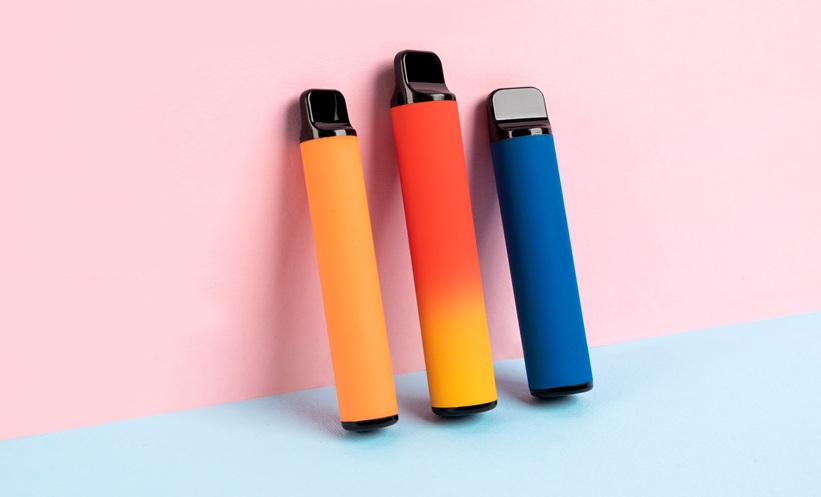BACKGROUND AND AIM
Asthma UK has a well-established, free asthma telephone helpline, for which people with asthma can receive individual advice on managing their condition from a nurse during the working day (weekdays 9 am–5 pm [BST]). However, not all people with asthma are receiving the care they need. The Asthma UK 2018 Annual Asthma Survey found that only 33% of people aged 18–29 received three elements of basic care: an annual review, an inhaler technique check, and a written asthma action plan.1 Provision of a telephone helpline requires significant investment of manpower and the supply and demand is often difficult to predict and manage. Additionally, given that people with asthma looking for help are often adolescents and young adults, of whom most extensively use a mobile phone on a daily basis, a telephone service is increasingly not the medium they would choose and may indeed put them off seeking help. The team at Asthma UK developed a WhatsApp service that aimed to help capitalise on this groups’ high level of digital literacy and engagement, and address this unmet care need. The service allows people with asthma to message a nurse directly and receive advice via a text message, a useful link, infographic, or video.
METHOD
Early popularity of the service necessitated a plan to scale it up. To understand the feasibility of this, user research was conducted via a post-chat survey and in-depth interviews were conducted with users. Key objectives of this research were to find out if the service helped improve a user’s management of their asthma; how to improve the user experience; enable a better understanding of service users; and to develop a service taxonomy to tag and analyse the conversations. This created improved service intelligence, which helped to scale up the service. To scale it up, a rapid procurement process was necessary in order to cope with an expected peak in use during winter, and an off-the-shelf platform best met these requirements. Staff were trained on how to use the new platform, and Asthma UK and the British Lung Foundation partnership (AUK–BLF) worked with the company procured to ensure a smooth launch of the expanded platform.
RESULTS
This service proved popular with service users, with 91.5% ‘very satisfied’ with the service. The content was apparently pitched at the correct health literacy level, with 98.4% finding the advice easy to understand. The survey results indicated that 63.5% of service users felt more confident in managing their asthma. Those aged 18–33 comprised 37.6% of the survey respondents, suggesting success in attracting a younger demographic to use this service.
CONCLUSIONS
This research has positive implications for future models of care. It shows that remote health advice can be delivered in a manner tailored to new audiences and can help people manage their asthma with more confidence and be better informed about their condition. The future challenge will be to ensure that these improvements are sustained, and to scale up this project to help more people with asthma, and potentially other conditions.







